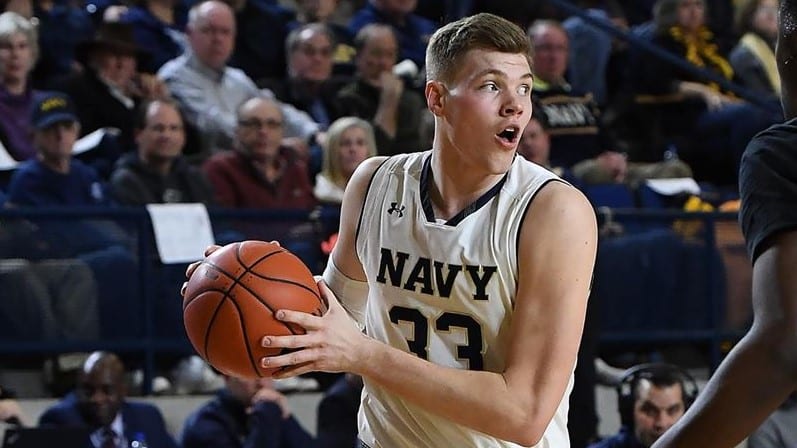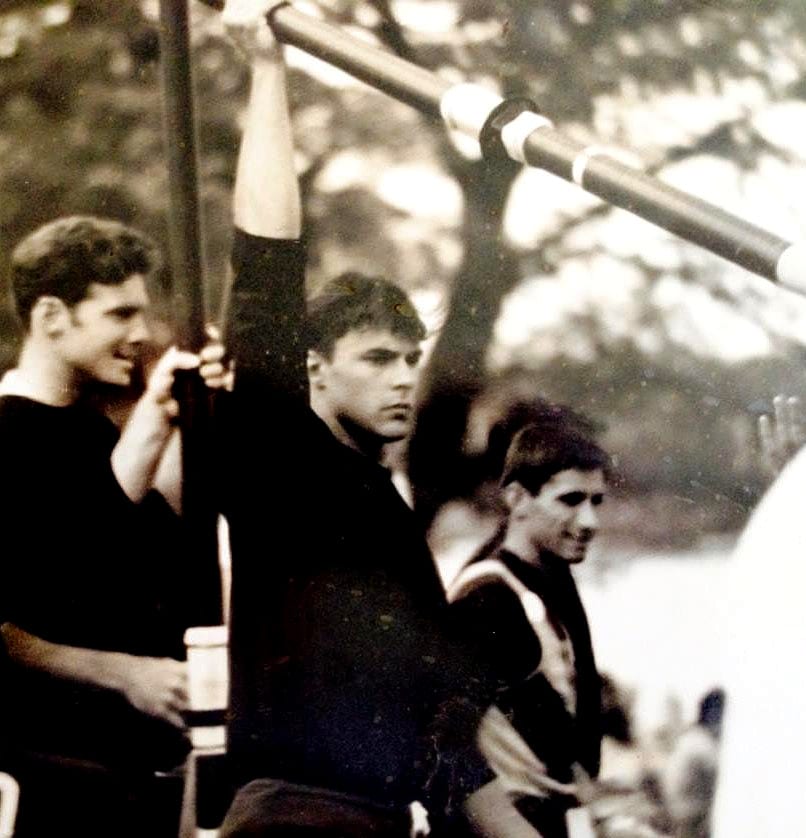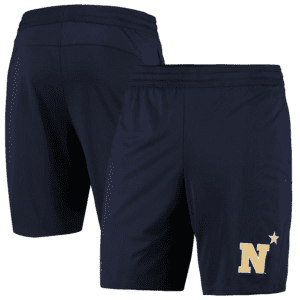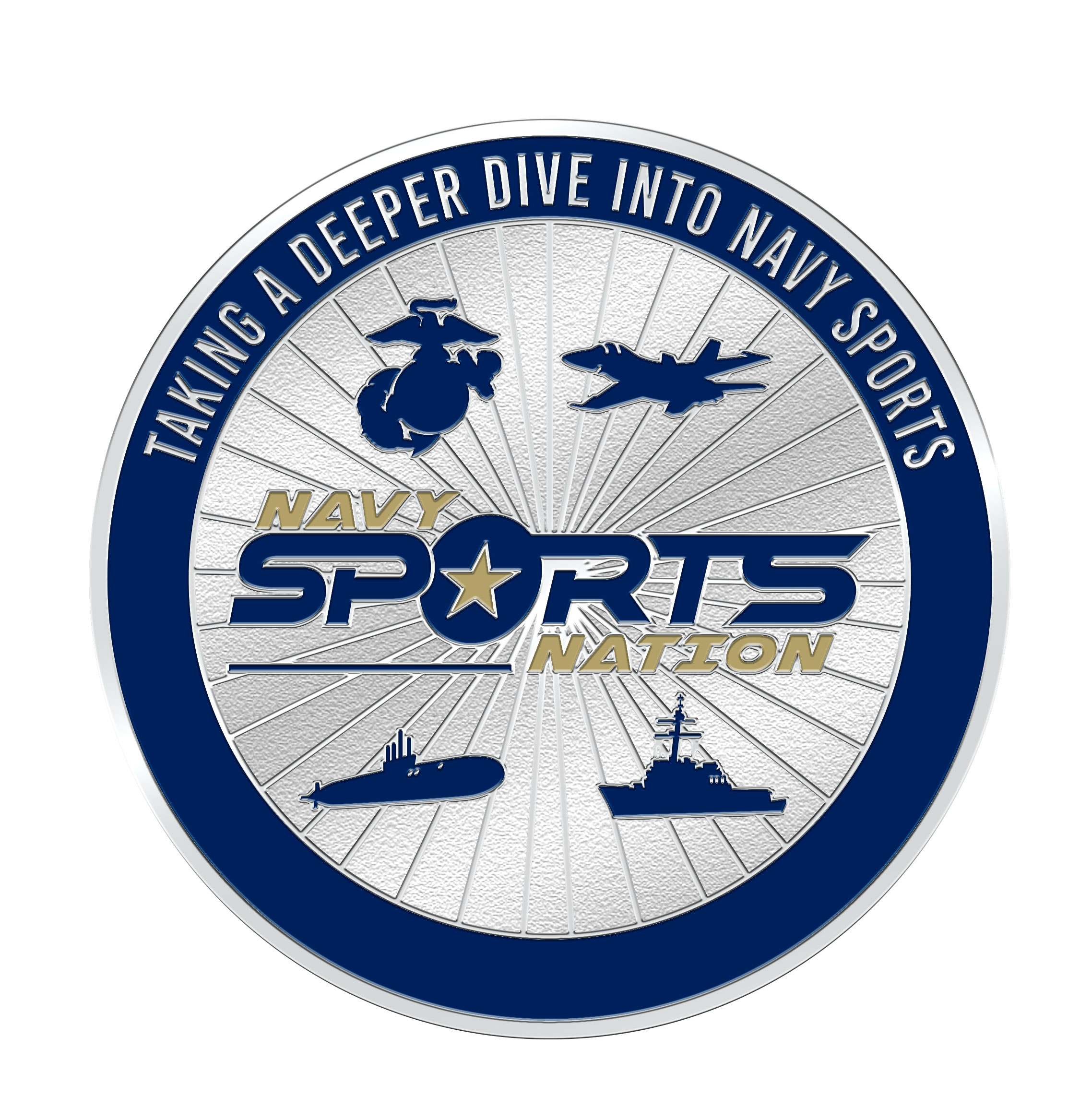The Heartbeat of the “Engine Room” – Remembering Earl Panico
During the past year, I’ve done my best to feature Navy athletes across a wide range of sports in this blog. All have left their imprint on the Academy in some way, shape or form. Today, I’ll be remembering a classmate who was on the Navy Rowing team. His name was Earl Panico. And he was one hell of an oarsman.
Unfortunately, we lost Earl two days before Christmas due to complications from the Corona virus. As if 2020 hadn’t been cruel enough, this was its way of saying it wasn’t quite finished with us yet. And Earl’s passing was especially shocking to those who knew him because he was bigger than life itself.
Even if you didn’t know him, I’d like to invite you to read on. And by the time you finish, you’ll understand the impact he had on the Navy Rowing program, and why the class of ’84 is proud to call him our classmate.
A Beast in the Making
Earl Anthony Panico was a native of Atlantic City, NJ. He excelled in swimming, but with an oar in his hands, he was really something to watch.
Earl rowed for Holy Spirit High School just outside Atlantic City. It was one of the strongest prep programs in the Mid-Atlantic region. He learned under Stan Bergman, who eventually went on to coach at Penn.
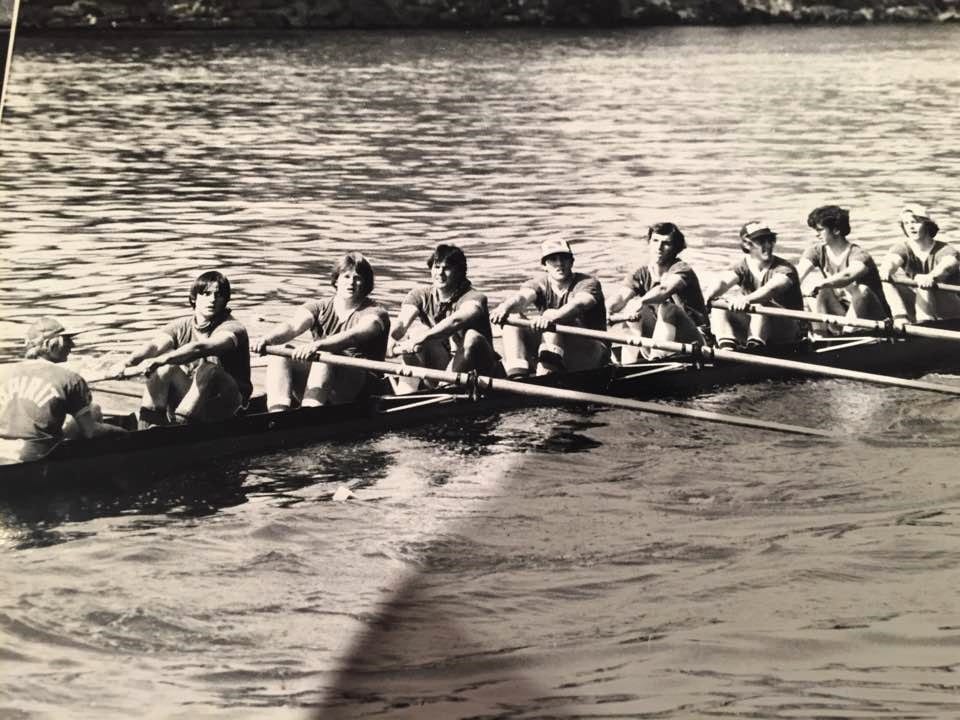

As a freshman, Panico was part of a crew that took home a trophy at the prestigious Henley Royal Regatta. His skills began to attract a lot of attention, and in 1979, he chose to come to the Naval Academy thanks to the efforts of their recruiting coach, Ken Dreyfuss.
In last year’s feature on the King’s Cup race, I shared that only about one third of all the athletes who row at the Academy are recruited. So Panico was part of a select group of oarsmen when he arrived in Annapolis after attending the Naval Academy Prep School. And it didn’t take him very long to make his presence felt.
A True Force of Nature
That’s how fellow oarsman and classmate Chuck Lynch described Earl Panico. He was as charismatic as he was skilled. And he also had the innate ability to adjust his style to match the style of those in his crew.
One thing was certain. If Earl Panico occupied one of the seats in a Navy shell, chances are it was going to be moving pretty fast.
Champs at the Charles
In the fall of his sophomore year, Earl teamed with three other classmates and competed in the Men’s Youth 4+ (4 oarsmen plus coxwain) at the Head of the Charles Regatta. This is an elite race held in Cambridge, MA on the Charles River. It features some of the best crews in the world.
Earl and his classmates came away with a big win at that regatta. And that was just the beginning.
Helping Make the Eights Great
By the following spring, Earl went from the four to the eight person shell. He was a fixture in the #2 Varsity 8+ boat that season. As part of the “Engine Room” (the name given to the middle four seats in the eight person shell), Panico helped power that boat to the 2V Intercollegiate Rowing Association (IRA) Championship.
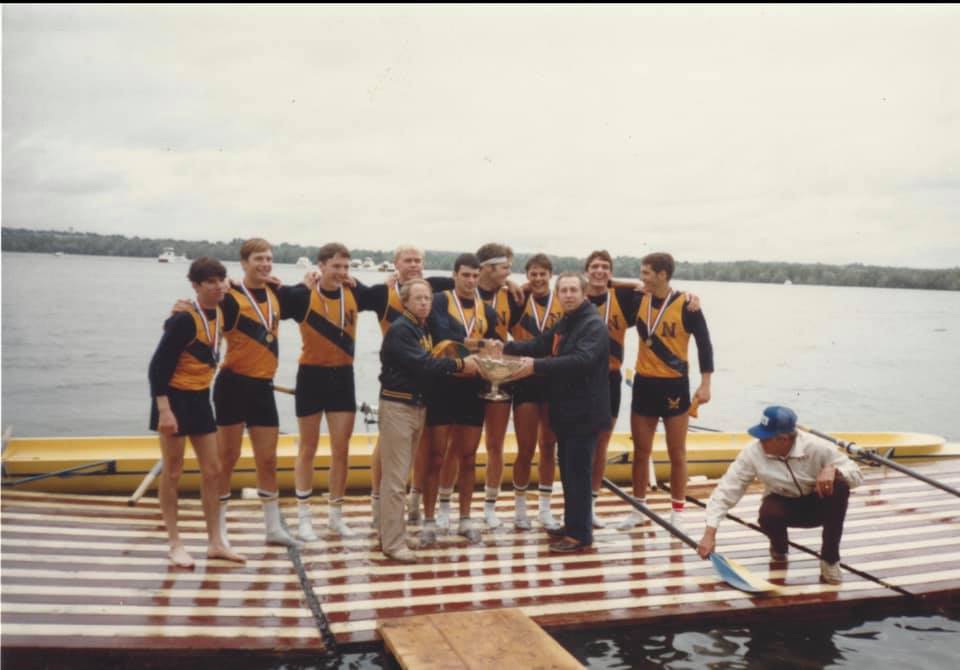
In 1983, Earl moved up to the Varsity 8+ boat. They consistently crossed the finish line first at dual meets. It was a year highlighted by taking 3rd place in a very tight race at the Eastern Sprints. Then, at the IRA Championships, they narrowly missed out on 1st place when Brown University edged them out and won by an eyelash in a photo finish.
Leading the Rebuild
Earl capped off his rowing career at Navy in the fall of ’83 by returning to the fours. It was an extremely competitive season according to Head Coach Rick Clothier. The Los Angeles Olympics were on the horizon, and schools set up their crews to give them the best chance of competing for a spot on the U.S. National team.
Clothier also noted it was a rebuilding year for the fours. And he needed Earl’s intensity and leadership in that boat.
Despite the challenges, his crew wound up being in the thick of things in every race. The high point that season was a 4th place finish at the hotly contested Head of the Schuykill race in Philadelphia.
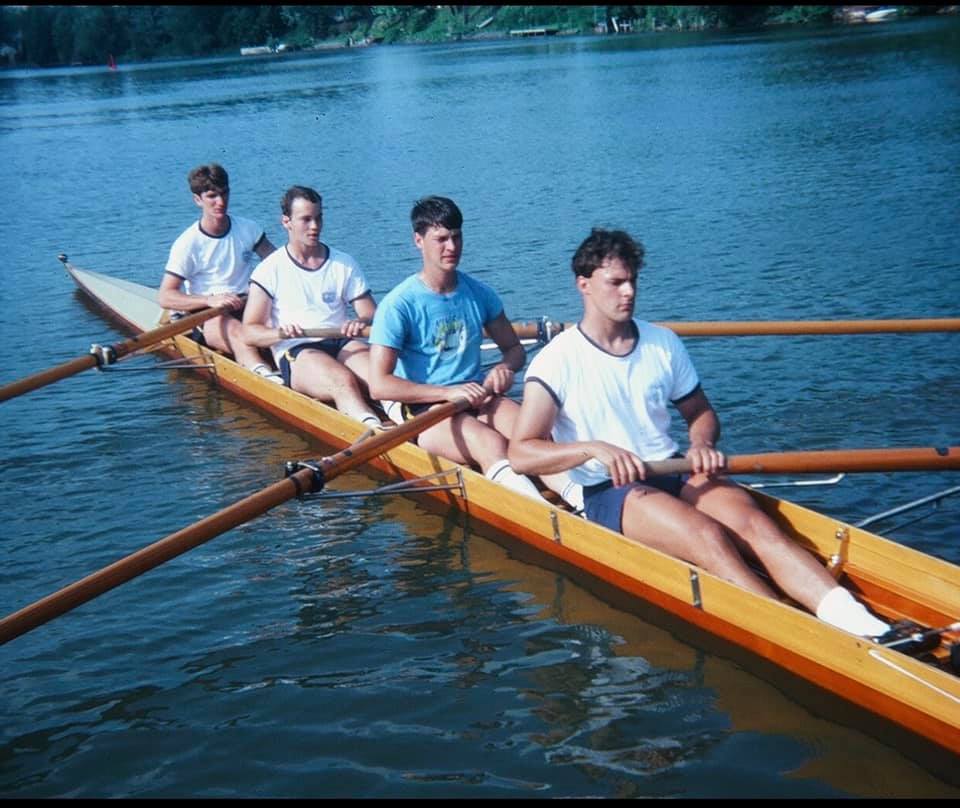
This was a championship event filled with Olympic caliber competition. Given the overall experience of the crew, it was a terrific result. And Earl Panico was the primary reason why Navy did so well.
That was Earl’s final season as a Navy oarsman. He left an indelible mark on the program. His teammate Scott Gordon noted that Earl had the ability to maintain both a high and powerful stroke rate for as long as his coxwain needed. He did whatever was necessary to make his shell go faster.
But it wasn’t all work and no play. Earl liked to have fun too; probably even more than the next guy. Gordie shared that during some of those long, tough practices, they could often hear Clothier giving them coaching points as they fought through their exhaustion. And then there would be Earl, delivering a timely wisecrack, keeping things light, making his teammates in the boat and others close by laugh. And it was at just the right volume so that it never reached Coach Clothier’s ears. Well . . . if it did, he didn’t let on.
“Swing” Revisited
Earl will definitely be missed. There is no doubt about that. And now, I’d like to go into the second reason why I wanted to do this feature. It may not be totally clear at first, but hang in there with me. I hope that it will be by the time I finish.
Towards the end of the King’s Cup feature, I shared my perspective on the bond between the members of the Navy Rowing team. I proposed that it might be a little stronger than what you might find with some of the other team sports.
The biggest reason for this is that everyone in that shell works very hard to perform the exact same task. They’re pulling an oar through the water to move the boat forward with both power and precision as fast as they can.
And when they reach the point where they are moving in a completely synchronous motion, they achieve a state known in rowing circles as “swing.”
When writing about the Navy Women’s Rowing team last summer, I got into this concept of swing a little more. Here is the quote I used from Paul Gallico, who rowed for Columbia about 100 years ago.
Swing Defined
“Not often, but from time to time, there are moments when a good crew really blends together as the rower feels the shell surge forward beneath him. Eight oars whip out of the water in unison. Eight oars dip again, and one feels a great exultation in one’s breast.”
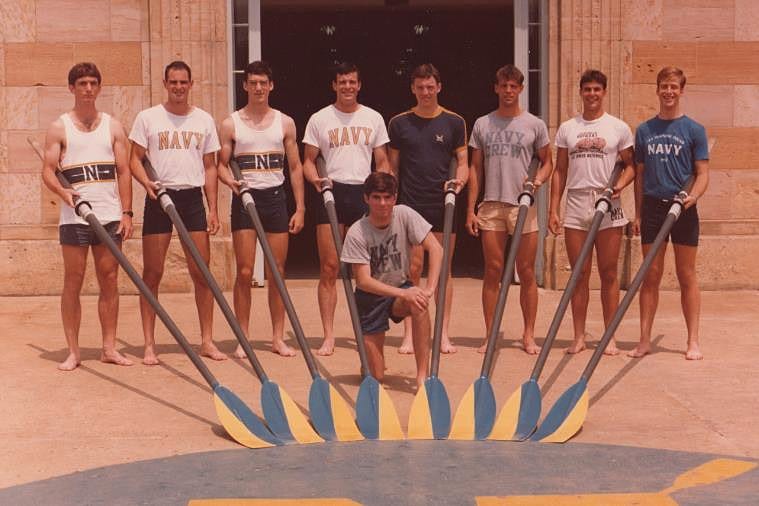
Michael Socolow is a media historian who teaches at the University of Maine. He added, “this ‘great exultation’ is known to all oarsmen as ‘swing.’ Swing is ephemeral and almost indescribable. It’s the challenge that keeps oarsmen rowing. It’s the moment when the physical propulsion of a shell evolves into a metaphysical feeling of transcendence. This is the essence of crew.”
That’s a very descriptive way of putting it, to say the least. In the story on the women’s team I concluded that swing is rowing’s version of perfection. It is constantly sought; and sometimes attained, even if just for a short time. Either way, it’s the goal of every rower who has ever competed.
What’s the Connection?
Ever since I learned about it, I’ve looked for different applications of swing in our everyday lives. In the business world, it can be seen in high performing teams. Simply put, it’s a sense that the whole is greater than the sum of its parts. Everyone on the team buys into the vision and totally commits to achieving it.
And when they do achieve it, the bonds formed through that common experience draws them closer together. That’s somewhat analogous to what a championship winning crew experiences.
But there is one catch. As strong as those bonds are, it takes some work to maintain them. If not, they will surely erode with the passage of time.
Putting in the Work
I exchanged some emails with Gordie when we first heard the news of Earl Panico’s passing. He shared that when it came to staying in touch, Earl was pretty good about connecting one on one if a classmate was passing through. But getting together as a group was a different story. Earl’s classmates (both crew and non-crew) consistently reached out to try getting him to our reunions. But to everyone’s recollection, he never took them up on the invitation. For whatever reason, Earl chose not to make the trip.
Things like that happen. Most times it’s pretty easy to write it off as “life getting in the way.” But that makes it especially tough when someone with whom we shared so many common experiences is suddenly taken from us.
Earl had the ability to pull a team together because of his charismatic personality. And his blend of power and smoothness were instrumental in his crews being able to reach that state of swing I alluded to before. Crews like the ones Earl belonged to got there by putting in the work.
It takes a lot of hard work to achieve swing during a race. And it takes hard work of a different kind to maintain those strong bonds after that experience has passed.
That leads me to this final thought. And I hope that all of you reading this, whether you’re a classmate or not, will join me in this pledge if you haven’t committed to something similar already.
A Call to Action
I’m at the point now where I refuse to let life get in the way any longer when it comes to those who are close to me. I used to be satisfied with getting back to Annapolis every five years for our reunions. Not any more. After our 35th, I made a commitment to make it back every 18 – 24 months to connect with classmates in the area.
When the pandemic exploded last year, it only served to reinforce my commitment. I also reached out to three other close friends. And we all promised to touch base by phone every couple of months just to check in with each other.
I’d be willing to bet that many of you have made similar commitments. But if you haven’t, I’m urging you to do that now.
It might be a cliche, but it’s a cliche for a reason. Life is just too short. And I’ve decided that I’m not going to spend the rest of my days saying to myself, “I wish I had said this,” or “I wish I had done that,” or “I wish . . .”
I’ve received a number of wonderful gifts over the years. But the one I value above all others is the gift of friendship. There is no way I could ever put a price on that, so I’m not even going to try. All I can do is commit making sure that my family, friends, and classmates know how much they mean to me, and how much I appreciate them.
Rest easy, Earl.
Until next time . . .
Thank you Navy Sports!
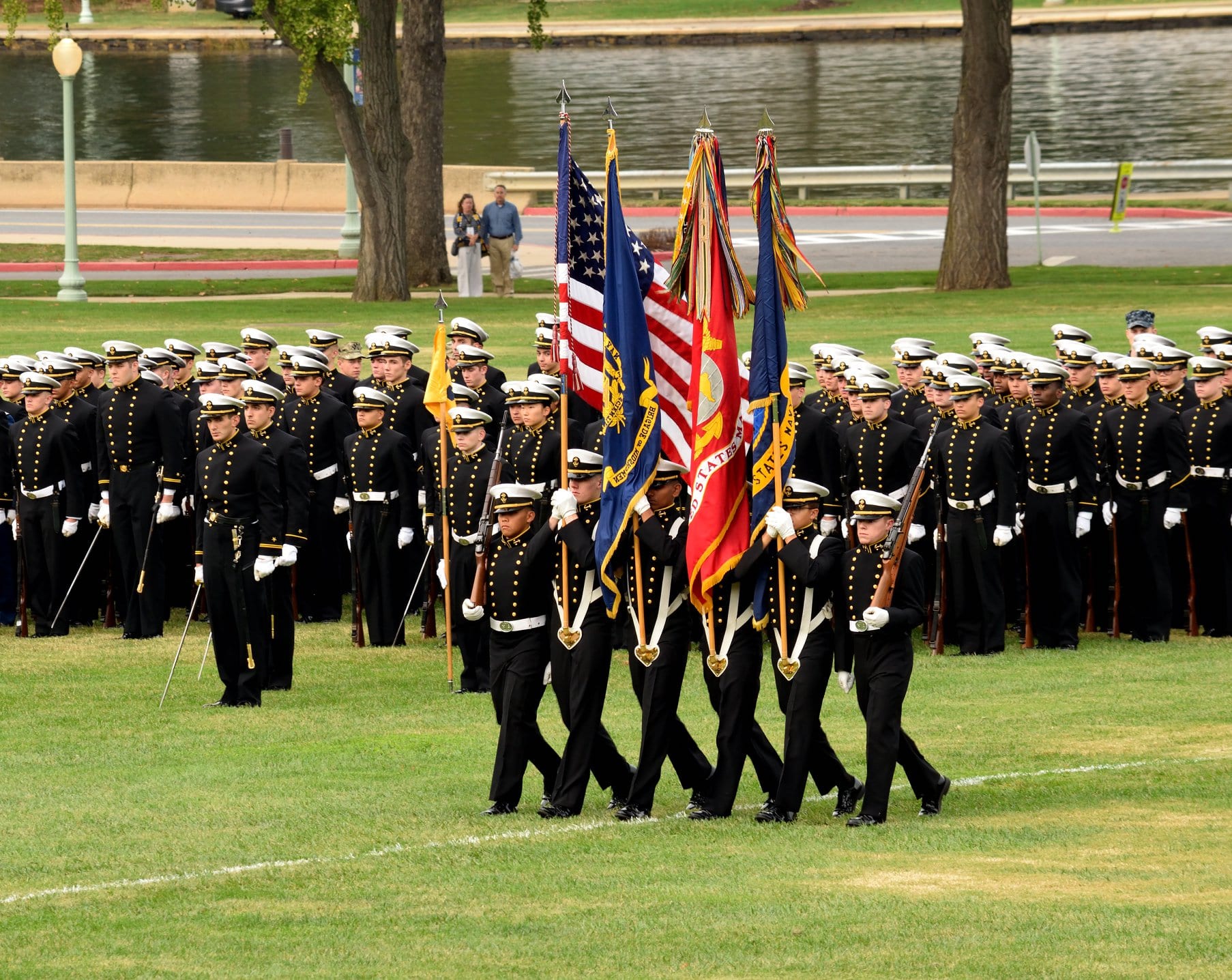
My sincere thanks to Scott Strasemeier, Senior Associate AD for Sports Information at the U.S. Naval Academy for granting permission to use images and video from the Navy Athletics media library. All photos used from this source will be properly credited in the caption. The only exception would be if the photo is used as a feature image where no caption is visible.
Follow Us
Share this story!
Related Links
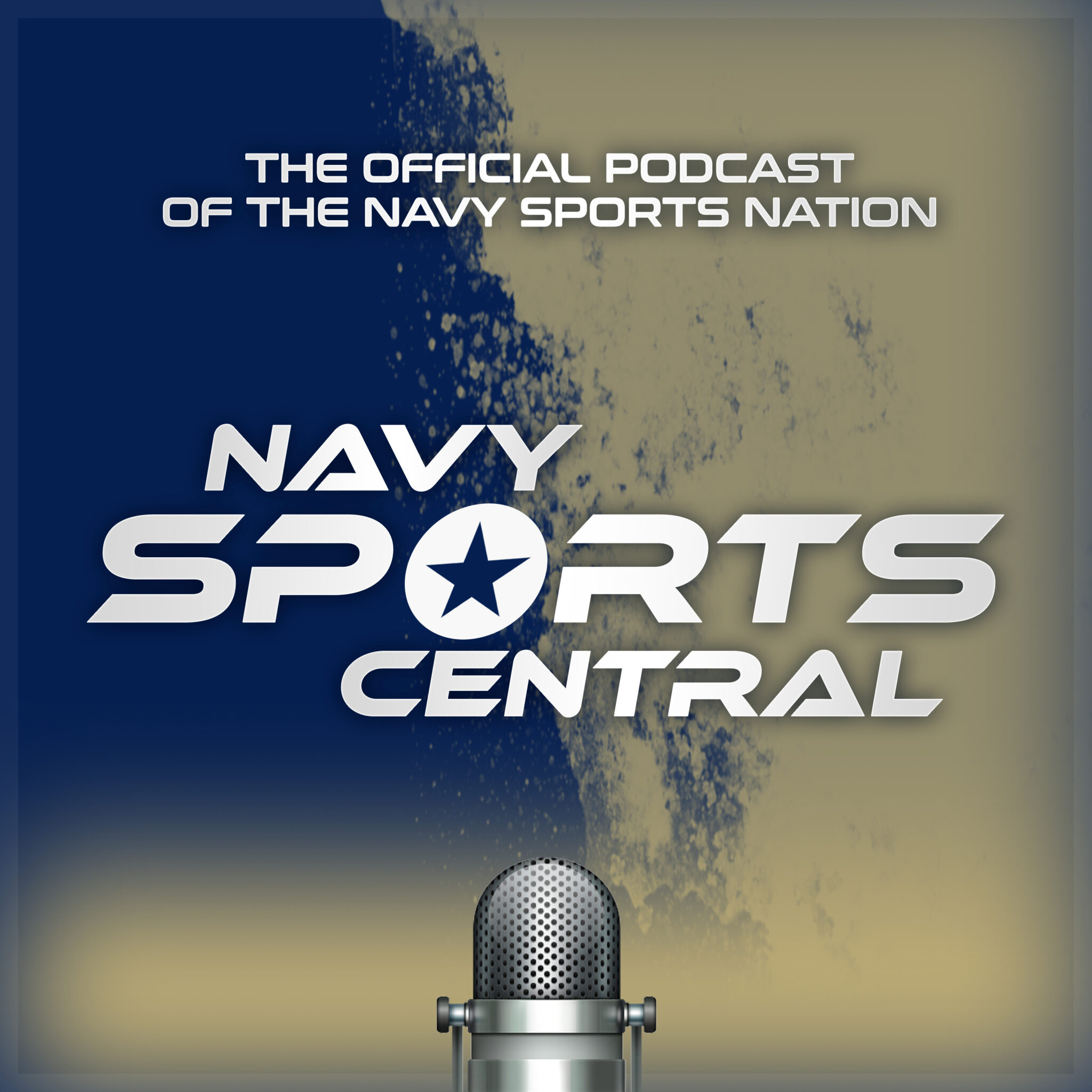
Shop for Merchandise
Featured Products
As an affiliate partner, Fanatics shares a small percentage of each sale through these links with the Navy Sports Nation which will be used to maintain the website. Thanks for your support!
Did you know…
Navy and St.Mary’s are the only two rugby programs in the country that have produced two Rudy Scholz Award winners. The award for the collegiate rugby player of the year was first given out in 2016.
Connor McNerney was the Naval Academy’s first recipient in 2018. This year, Lewis Gray earned that honor. It was a fitting end to his outstanding career.
Favorite Books
Click on the images to buy these two “must have” books for all Navy football fans. As an Amazon associate, I earn from qualifying purchases.
cRA Div. 1 National Championship Highlights
Karl Darden
I am a Navy veteran and a graduate of the U.S. Naval Academy. The idea to start this blog actually came from my classmates. I hope you enjoy reading this content as much as I enjoy writing it. Go Navy!! Beat Army!!
